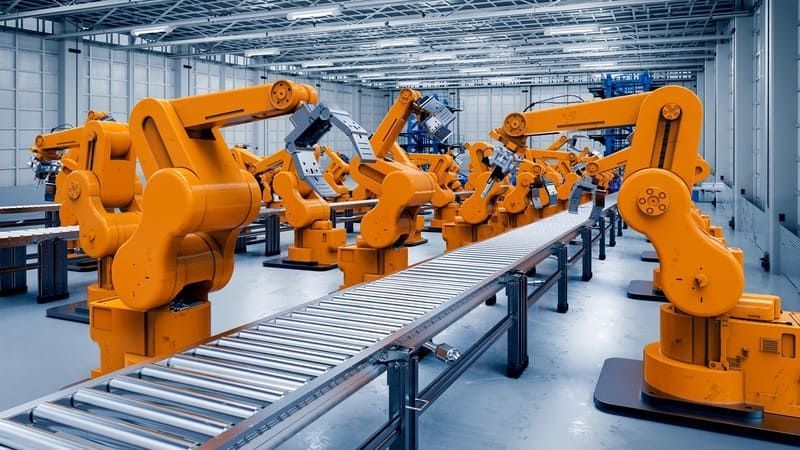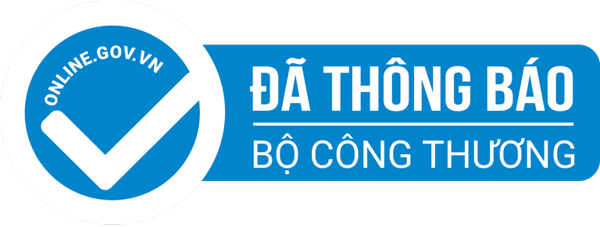Change to go far
(TBKTSG) - 8 nguyên tắc để có thể quản trị sự thay đổi trong nền kinh tế hội nhập.

In the past time, Vietnam has officially signed ten free trade agreements with countries and territories, not to mention is negotiating four other free trade agreements.
Reviewing news about small and medium-sized enterprises in Vietnam, data from the Ministry of Planning and Investment shows that in September 2015, the whole country had 7,042 newly established enterprises, but 10,111 enterprises were dissolved or stopped. operation, in November the situation was better, 9,311 newly established enterprises and only 4,768 enterprises temporarily ceased operation, down more than 65% compared to October. Will the situation be better when the whole year of 2015? 99,754 businesses were established, up 30% compared to last year. According to the General Statistics Office, although the macro economy has shown signs of stability, under competitive pressure and especially in the trend of deep integration, business activities of the business sector continue to face challenges. many difficulties. There have been 62,713 Vietnamese enterprises temporarily suspended operations in the past 11 months, an increase of over 21% over the same period and mainly focused on small and medium enterprises.
Knowing people who know me in the integration period
To get a panoramic view and be prepared, let's take a look at the strengths and opportunities that Vietnamese businesses have when signing these agreements as well as the limitations and challenges through the signing of these agreements. SWOT model.
S (Strengths)
- Strengths that Vietnamese enterprises have advantages: (1) large young workforce, skillful, quick to acquire knowledge; (2) Vietnam is assessed as a country with a peaceful environment - this will be a favorable factor and an advantage when foreign investors consider to decide to invest in Vietnam; (3) low-level labor with low hiring costs; (4) The geographical distance between localities in the territory of Vietnam is relatively close compared to other countries in the region, so it is convenient to distribute, supply and transport goods.
W (Weaknesses)
- Weaknesses: That is, Vietnamese enterprises (1) have not yet supported and cooperated to develop together in the business community; (2) there is not yet an optimal and transparent operating system; (3) cumbersome operating system; a lot of waste, so the cost of products/services is higher than those of similar products/services of countries in the same region; (4) the labor discipline of employees is not high, causing Vietnamese enterprises to take a long time to resolve cases and matters; (5) low labor productivity (according to the report of the Labor Productivity Institute of the ILO: Vietnam's labor productivity is the lowest in the Asia-Pacific region), so Vietnamese enterprises have to pay for high labor cost (high working time) but low productivity; (6) technology and machinery of Vietnamese enterprises are mostly imported, so the high production costs directly affect the cost of products/services; (7) most Vietnamese businesses have not yet given their customers the best care; distribution channels are not convenient; supply chain is not optimal.
O (Opportunities)
- Opportunities: When signing free trade agreements, Vietnamese enterprises have opportunities to (1) expand their business and expand their markets; (2) Vietnamese enterprises can sell goods to countries in the region almost like domestic sales; (3) there are many opportunities to attract foreign investment because at this time, investors see Vietnam and other countries in the region as a common market, a common place of production, a place with human resources of similar value. cheap for deep and wide cooperation; (4) Vietnamese enterprises can approach more groups of customers with richer and more diverse needs, helping them to expand business opportunities; (5) along with the development of countries in the region, in order to integrate with the general economy, Vietnamese enterprises will also promote the development of science and technology.
T (Threats)
- Challenges: In addition to the above potential opportunities, Vietnamese enterprises will also face many challenges such as (1) there will be more strong, diverse and complex competitors. ; (2) existing and potential customers have more opportunities to access foreign products/services with better quality and more reasonable prices; (3) the countries participating in the agreement have high-tech technology, highly qualified, dynamic, creative and hard-working human resources; optimized operating system; ...so their operating/production costs will be lower;
Therefore, to be able to blend in and develop together in the current economic context, Vietnamese businesses need to seriously invest in building long-term development strategies; quality; service; system; reduce waste; building a team of employees who work smarter and especially need to adapt quickly to the harsh and fierce changes of the current market.
Change to survive and develop
The change helps businesses find the most suitable business model; find the most optimal operating system; have the most effective and intelligent working resources; sustainable development and no longer be afraid of the rapidly changing and fierce economy; have time to focus on researching and creating new products/services, the best products/services for customers.
However, no change is easy. Business leaders must achieve internal consensus, support and commitment from top to bottom, while using resources effectively and without spending too much money on implementing changes. important variables in the business. To be able to manage change, Vietnamese business leaders need to:
Consistency, commitment in short-term strategies and goals:
The change here is not a continuous change in strategy, goals, products... when the market fluctuates or changes. It is necessary to be consistent, clearly define to all employees, realize that change is a change in operating methods, working methods, etc. to help businesses achieve their goals in the fastest way. with the most optimal cost, intelligent working resources with a clear and transparent system; Provide customers with the best products/services.
Change starts with yourself:
Change needs to come from everyone in an organization, but change starting with the top of the business is very important because it will create trust, a strategy. A clear strategy for all employees to follow. When seeing the business leadership change to help the business better; smarter working methods will give employees a motivation to push and perform; Besides, this also helps employees realize that: in this organization, they respect and honor change to make their work better and more productive.
Creating commitment and participation of all employees:
In order to be able to successfully complete the change in direction, the enterprise's strategy is set to help the business develop better. Business leaders need to create commitment and participation of all employees. Nothing is incomplete with the commitment and participation of all employees. Let's create short-term victories, honor outstanding members, great contributions... to create trust for all employees.
There is space for employees to try and fail:
When the leadership "dare" to let employees try and fail, employees will "dare" to do, "dare" to take responsibility and "dare" to try again. Everything will be fine if done right the first time, but the change may not be as perfect as expected. Therefore, make an investment of time, cost, and manpower that allows employees to trial and error. That will help employees change and find the best for the business.
Reward properly:
Grandparents used to say "Gifts are not equal to giving gifts". In the same business, find for your business the most appropriate, smart and subtle way to reward employees to help employees feel honored and rewarded when they achieve success in change. their dedication,... but the least costly business. Sometimes rewarding a lot of money is not the best way.
Have a good preparation of skills and knowledge to cope with change:
Change always happens, so the leadership needs to have a good preparation of skills and knowledge for employees. When all are fully equipped with skills and knowledge, both leaders and employees will no longer be afraid of the changes taking place around them. Training with the most optimal cost, the smartest method will help businesses develop sustainably with a team of "warriors" ready for any "war".
Creating an environment that adapts quickly to change:
To create an environment that adapts quickly to change takes a lot of time and resources, but the management needs patience and a plan and method to achieve it. Once you can create this environment, it will help you stand up in a volatile economy like today because all employees are ready to embrace the change and they have "rehearsed" every day.
Take the time to learn, research and apply classic models of change:
Management can refer to Kotter's eight steps of change and ADKAR's change management model to help businesses prepare. and prepare for a globalized economy.
Giới thiệu John&Partners
Chính sách chung
Việt Nam
Email: public@john-partners.com
Điện thoại: (84) 77 5955 007
Hồ Chí Minh City
- 3C Phổ Quang, Phường 02, Quận Tân Bình,
TP. Hồ Chí Minh
- Điện thoại: (84) 916 350 421
Hà Nội
Hoa Kỳ
- The Cannon @ the Energy Corridor1334 Brittmoore RoadHouston, TX 77043.
- Điện thoại: +1 832 202 8968
- Email: trangnguyen@john-partners.com
© 2024
All Rights Reserved | Công ty Cổ phần Tư vấn và Giáo dục John&Partners







